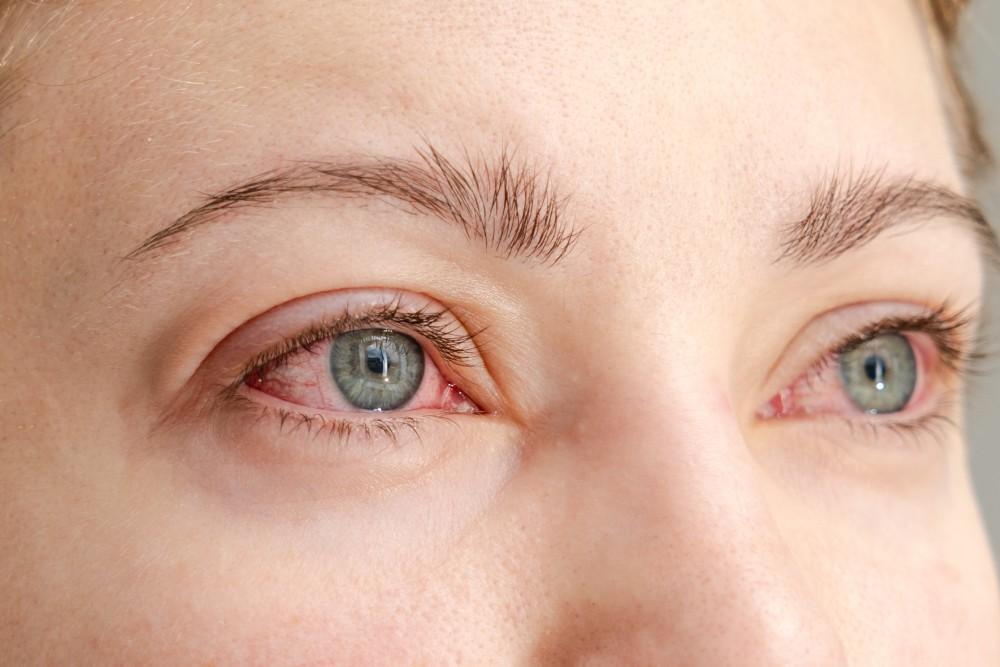
Understanding Your Glaucoma Diagnosis

Glaucoma is one of the leading causes of blindness throughout the world, and it already impacts about three million Americans. If left unmanaged, glaucoma can steal your sight, but with the correct treatment, you can work to preserve it and our Bainbridge Eye Care team strives to do that. Led by experienced professionals, Nicanor Lacsina, O.D., or Yelena Pinkhasova, O.D, Bainbridge Eye Care has been diagnosing and treating glaucoma for 20 years in the Norwood neighborhood of Bronx, New York City.
If you’re newly diagnosed with glaucoma, you might have questions about the condition, and that’s okay! Keep reading to learn about glaucoma, including its causes, diagnosis, and treatment options.
What is glaucoma?
Glaucoma is a group of eye diseases characterized by damage to your optic nerve, which can lead to vision loss and blindness if left untreated. It often occurs when there is an increase in intraocular pressure (IOP) or the pressure inside of your eye.
If the pressure inside your eye is too high, it can damage your optic nerve over time. Your optic nerve is responsible for sending electrical messages to your brain, which your brain then interprets as images, so if that nerve is damaged, it can’t send the proper electrical signals to your brain.
The most common type of glaucoma is open-angle glaucoma but there are other less common forms, such as angle-closure glaucoma.
Causes of glaucoma
While elevated intraocular pressure is a significant risk factor for glaucoma, it's not the only cause. Other factors that may contribute to glaucoma include:
Genetics
A first-degree family history of glaucoma can increase your risk of developing the condition by nine fold. In another patient sample, researchers found that 60% of glaucoma patients had a family history of the condition.
Age
Glaucoma is more common in older individuals, with the risk increasing significantly after age 40.
Ethnicity
Some ethnic groups, such as African Americans and Hispanics, have a higher risk of glaucoma.
Eye anatomy
The physical structure of your eye can affect your risk. For example, a thinner cornea or a shallower anterior chamber angle can increase your susceptibility to angle-closure glaucoma.
Diagnosis of glaucoma
If you've recently received a glaucoma diagnosis or if you suspect you may have the condition, don’t be dismayed. An estimated 50% of people with glaucoma don’t realize they have it, so if you already have a diagnosis, you’re already on the path to glaucoma management.
Early detection and diagnosis of glaucoma are crucial for preventing vision loss.
Here's what you can expect during a glaucoma evaluation:
Eye examination
The first step in reaching a glaucoma diagnosis is to undergo a comprehensive eye exam. During your examination, Nicanor Lacsina, O.D., or Yelena Pinkhasova, O.D., measures your intraocular pressure, inspects your optic nerve, and assesses your peripheral vision.
Tonometry
This test measures your eye's pressure. Elevated pressure does not always indicate glaucoma but is a significant risk factor. Several types of tonometry tests include air-puff tonometry and Goldmann tonometry. Regardless of which test you use, the process is the same: by applying a small amount of pressure to your cornea, our team can assess the pressure in your eyes.
Ophthalmoscopy
Your Brainbridge Eye Care doctor will use a special instrument to examine your optic nerve for signs of damage. This test is quick and painless, although it requires using a bright light near your eye.
Visual field test
This test assesses your peripheral vision to detect any loss that may indicate glaucoma. This test can detect any scotoma (blind spots) in your field of vision.
Gonioscopy
This exam helps determine the angle in your eye where the iris meets the cornea, which is essential in diagnosing angle-closure glaucoma.
How is glaucoma treated?
The goal of glaucoma treatment is to lower intraocular pressure and prevent further damage to the optic nerve.
Treatment options may include:
- Medicated eye drops that can reduce intraocular pressure
- Oral medication
- Laser therapy, such as iridotomy
- Surgical interventions like trabeculectomy or shunt implants
When you first receive your glaucoma diagnosis, you may experience various emotions. You might feel surprised (especially if you didn’t have any symptoms), or you may worry. While a glaucoma diagnosis can be concerning (and should never be minimized), it’s important to remember that early detection and the appropriate management can often prevent or minimize vision loss.
If you have concerns about your eyes, would like to schedule a glaucoma screening, or suspect that you have glaucoma, don’t hesitate to call Bainbridge Eye Care at 718-306-9127. You can also book an appointment online.
You Might Also Enjoy...


5 Signs You Need a New Corrective Lens Prescription

Eye-Friendly Habits You Can Start Today

Vision Changes with Age: What’s Normal, and What’s Cause for Concern?

Understanding How Diabetes Can Diminish Your Ocular Health and Impair Your Vision

